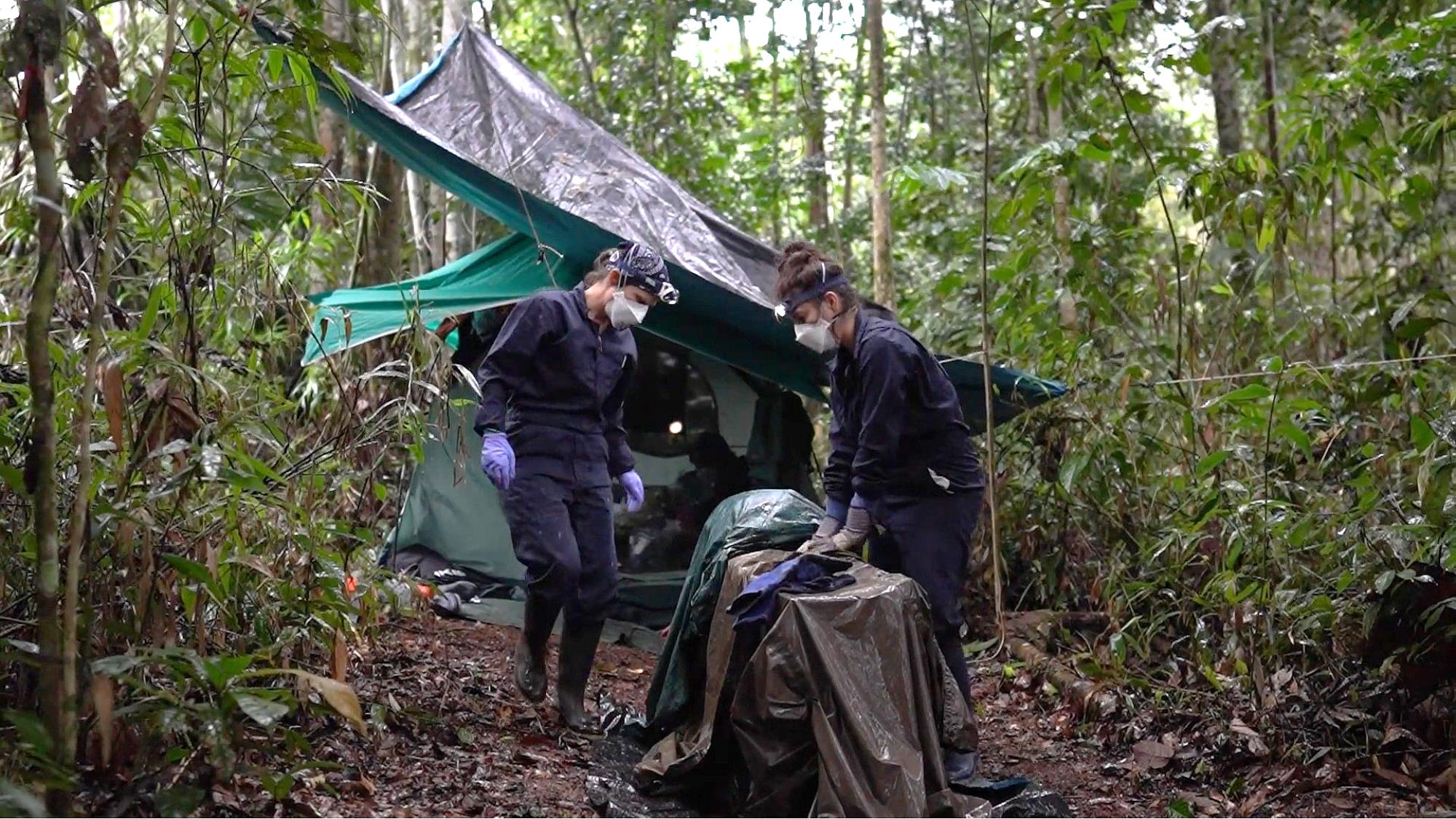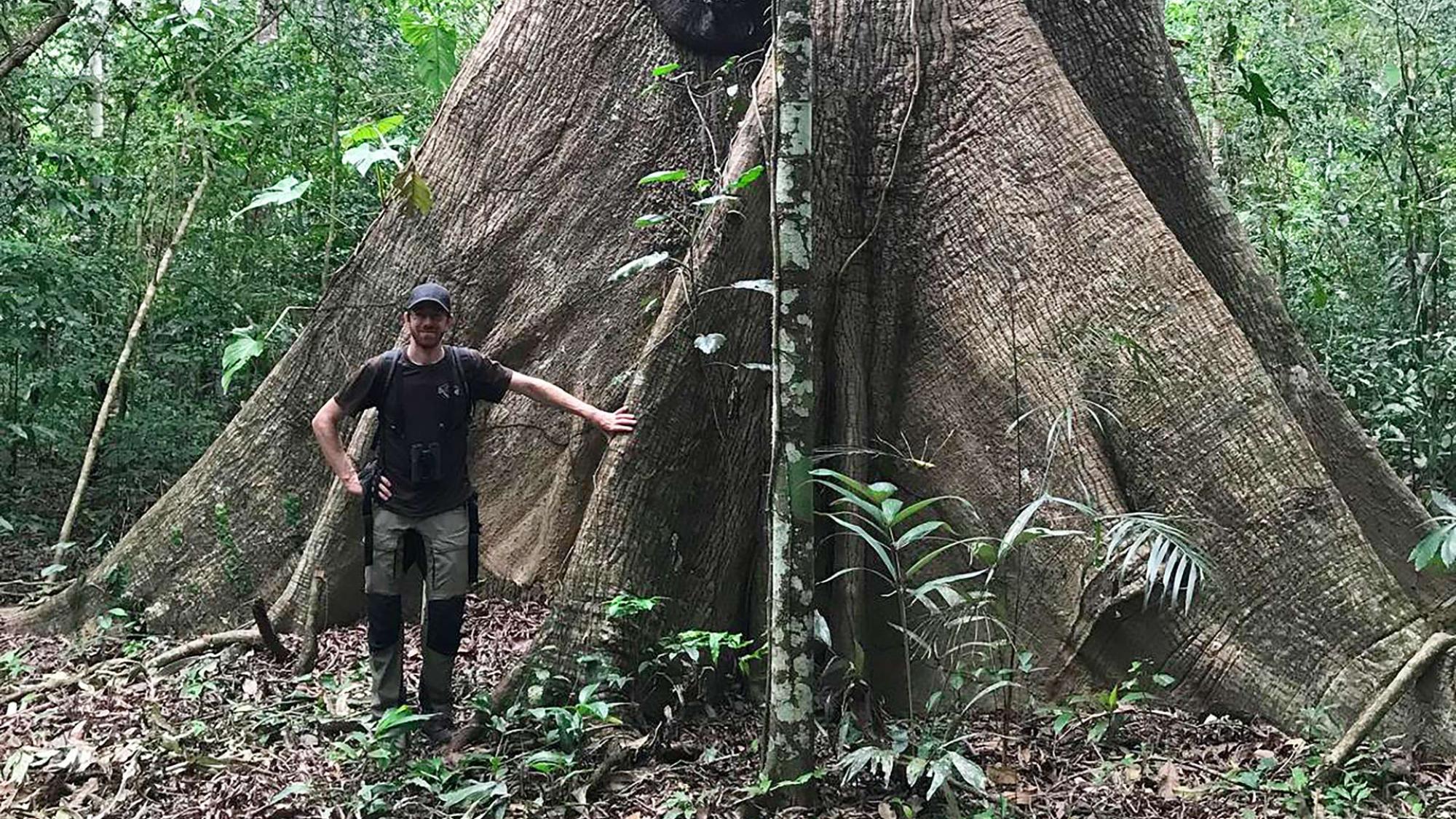Barcoding of life underway in the forests of Amazon and Finland

Measuring the Earth’s biodiversity in its remote regions takes innovation, collaboration and cutting-edge science.
The Peruvian Amazon is in imminent danger of losing species before they are even identified. Peru’s rainforest is a target of both legal and illegal activities. This is what led an international team of scientists to create three in situ laboratories in the rainforest which were proficient in nanopore sequencing technologies to document and sequence wildlife. Assistant Professor Stefan Prost at the University of Oulu, a pioneer in situ molecular biodiversity monitoring, was part of the research team.
A set of three recent studies, the latest published in the Nature journal Scientific Data on October 1, 2025, found that 44% of birds and 45% of mammals native to Peru lack any genetic representation in GenBank or the Barcode of Life Database (BOLD).
The latest study aimed to fill these barcoding gaps by generating novel genetic sequences from biobanks and live sampling. From 2018-2023, researchers not only generated new genetic barcodes for 1858 Peruvian Amazonian specimens but provided the first genetic barcodes for 30 mammal and 196 bird species. These correspond to increases of 110% and 36.5%, respectively, of current genetic marker representation for the mammals and birds of Peru on BOLD.
One of the researchers Mrinalini Watsa from San Diego Zoo Wildlife Alliance stresses the urgency and global significance of the findings: “We aim to empower conservationists everywhere to generate their own genetic and genomic data to enable informed decisions.”

The project’s success stemmed from using portable, long-read sequencing technologies, which enabled real-time, rapid DNA data acquisition and analysis. Read more about DNA barcoding in the Peruvian Amazon (San Diego Zoo Wildlife Alliance press release).
DNA barcoding methods and citizen science are also used to study relict and endangered species in the northern forests
The same technology being used around the world, for example in Finland’s forests to study birds, fish, dark taxa such as insects, and relict species. Researchers of the University of Oulu invite citizen scientists and local fishing associations, among others to help collect samples.
"The possibility to carry out genetic biodiversity monitoring at remote field sites builds up local capacity and improves education, crucial for biodiversity hotspots with limited research infrastructure. For six years, we’ve trained students and citizen scientists in Peru, fostering international collaborations”, says Prost, who also runs the Safire research program at the University of Oulu, which also invites citizen scientists to participate.
Beyond remote sites, DNA barcoding is routinely used to monitor endangered species and to investigate biodiversity in Europe. “These new technologies allow us to further improve our methods and enable detailed insights into the biodiversity changes we see today. They allow us to investigate the presence or even diets of species, such as the endangered Siberian flying squirrel, whose numbers are decreasing strongly in Finland”, says Prost.
The Finnish Barcode of Life (FinBOL) national project has the goal of creating DNA barcode reference library for all multicellular organisms occurring in Finland. FinBOL is coordinated from the University of Oulu, and it is part of the International Barcode of Life (iBOL) consortium, which has the long-term aim of producing DNA barcode library for all species worldwide.
The new research article was published in Scientific Data on October 1, 2025: Decoding the Peruvian Amazon with in situ DNA barcoding of vertebrate and plant taxa.
Learn more
See a short video showing how samples are immediately incorporated into applied conservation genetics projects at an in situ molecular laboratory facility, the Wildlife Conservation in Peru
Shedding light on dark diversity – Scientists aim for a breakthrough in describing new species